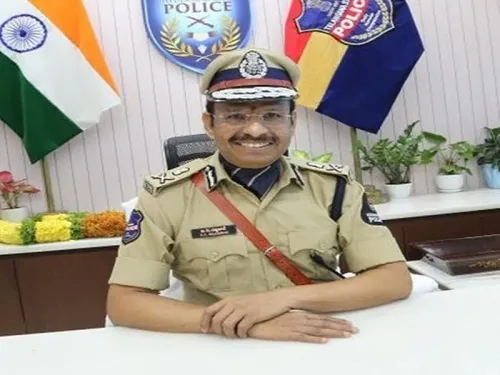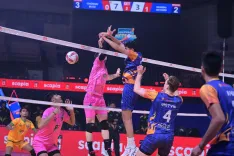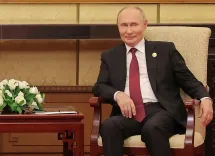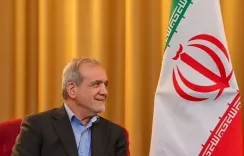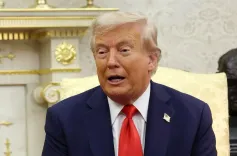Will the SC Hear the Anticipatory Bail Plea of Cartoonist Hemant Malviya on July 14?
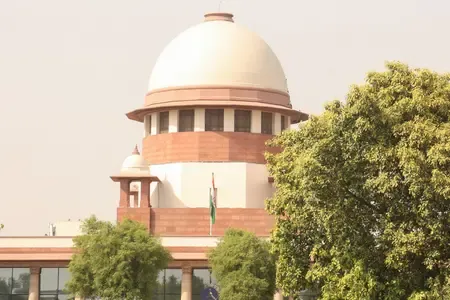
Synopsis
Key Takeaways
- The Supreme Court will examine the implications of freedom of expression in the context of satire.
- Hemant Malviya challenges the denial of his anticipatory bail by the Madhya Pradesh High Court.
- The case underscores the delicate balance between artistic freedom and social harmony.
- Legal experts are closely watching the outcome of this case for broader implications.
- The controversy revolves around the interpretation of humor in relation to religious sentiments.
New Delhi, July 11 (NationPress) The Supreme Court has decided to hear the anticipatory bail plea of cartoonist Hemant Malviya on July 14. Malviya faces charges from the Madhya Pradesh Police for allegedly sharing 'indecent' social media posts targeting Rashtriya Swayamsevak Sangh (RSS) officials and BJP leaders.
A Bench comprising Justices Sudhanshu Dhulia and Joymalya Bagchi will address the plea after advocate Vrinda Grover requested an urgent listing.
The controversial caricature depicted an RSS figure with khaki shorts down, as the Prime Minister administered an injection to him, paired with a caption that alluded to 'derogatory lines involving Lord Shiva' and the 'caste census'.
In his special leave petition (SLP) to the apex court, Malviya challenges the Madhya Pradesh High Court’s order rejecting his pre-arrest bail.
The High Court’s order, issued on July 3, by Justice Subodh Abhyankar, noted that such content could disrupt social harmony, asserting that Malviya had 'clearly overstepped the threshold of freedom of speech'.
Justice Abhyankar remarked that Malviya’s content, coupled with his endorsement and invitation for others to alter and share the cartoon, was distasteful and aimed at outraging religious sentiments.
The Lasudia police station in Indore registered a case against Malviya under various sections of the Bharatiya Nyaya Sanhita, 2023, and Section 67-A of the Information Technology Act, 2000.
The prosecution argued that the cartoon was a persistent attempt by Malviya to tarnish the image of the RSS and disrupt societal peace.
The Madhya Pradesh High Court affirmed that the freedom of speech under Article 19(1)(a) of the Constitution does not protect deliberate insults to religion or actions that incite discord, concluding that the caricature and Malviya’s public support surpassed acceptable satire and necessitated serious legal repercussions.

